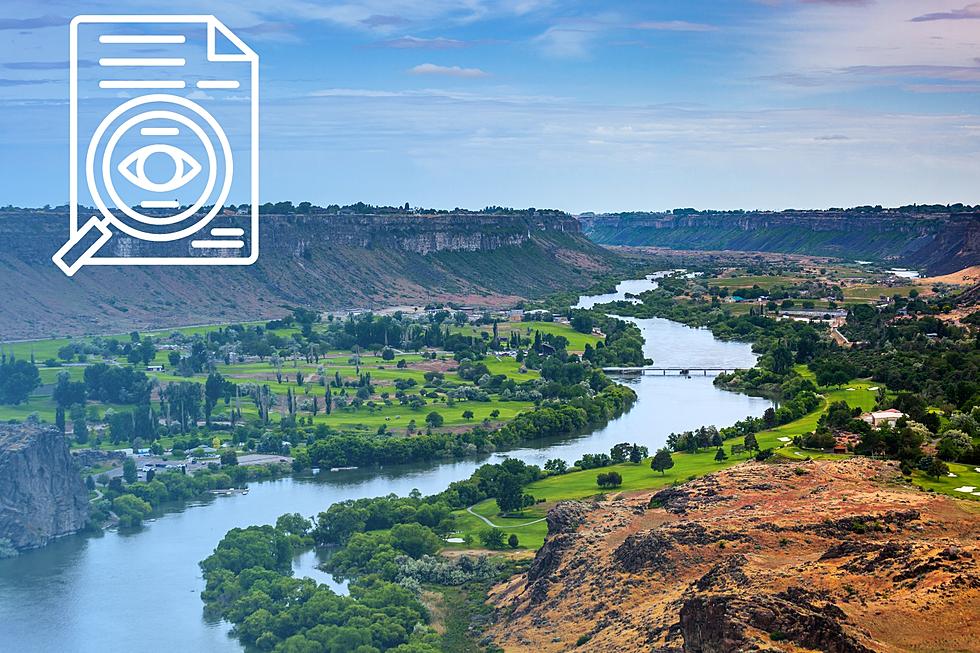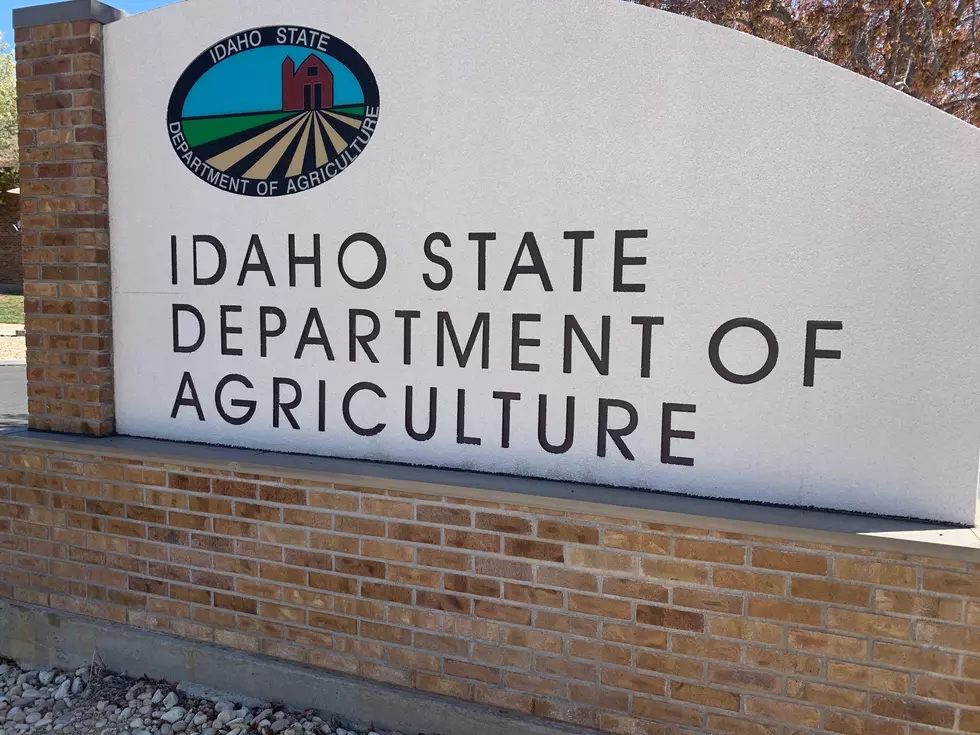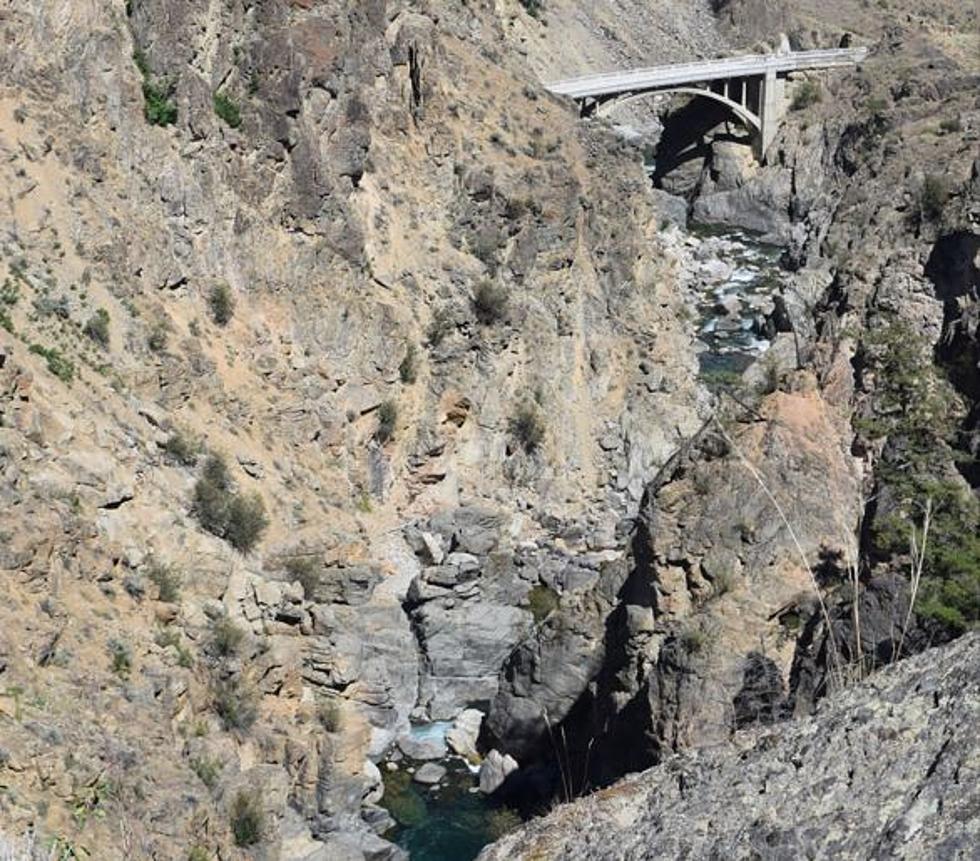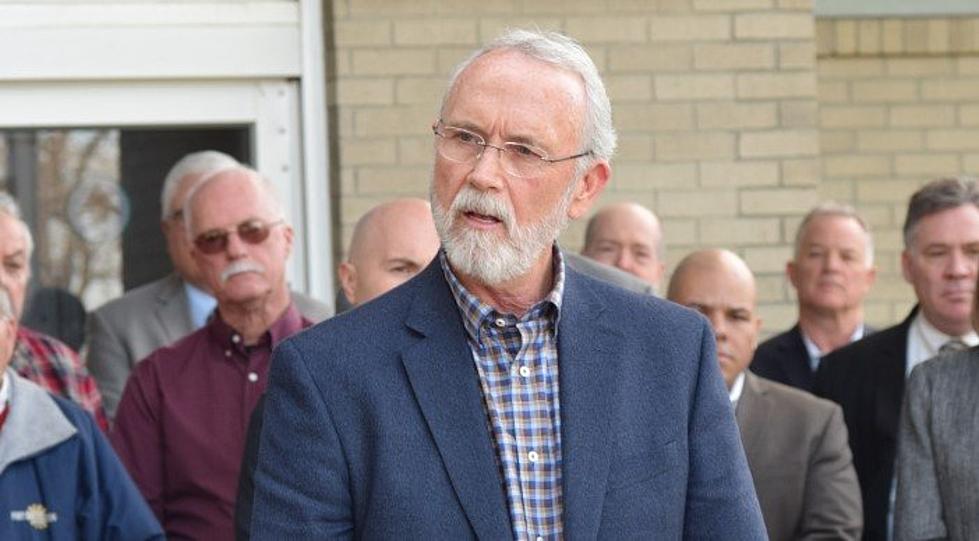
WAWG, PNWA React To ECONorthwest Report
ECONorthwest recently conducted a study at the request of Vulcan Incorporated that stated while expensive, removing the Columbia and Snake river dams to assist migrating salmon would be worth the investment in the long run. Both Cathy McMorris Rodgers and Dan Newhouse reacted swiftly to the report, calling the study a slap in the face of eastern Washington Ag.
Northwest wheat farmers and towboat companies rejected a new report, "Lower Snake River Dams: Economic Tradeoffs of Removal," authored by ECONorthwest and funded by Paul Allen's Vulcan Inc., for banking on uncertain and unproven "benefits" of dam removal, while threatening the livelihood of the Northwest's internationally renowned wheat-growing region. The report argues in favor of breaching the four federal Snake River dams to trade away the vital economic benefits of the Snake River waterway for questionable economic benefits of "non-use" and additional recreation, if the dams were removed.
According to the the Washington Association of Wheat Growers and the Pacific Northwest Waterways Association, the report falsely suggests that this complex challenge of reconciling the need for the dams and protecting our iconic salmon can be easily resolved. In fact, the path it recommends would devastate towns, businesses and families in southeast Washington, northern Idaho and much of the rural Northwest. Adding insult to injury, the report proposes that these rural communities could benefit from the jobs that dam removal would generate. The report suggests that farmers and other "losers" from dam removal could simply get new jobs as dam-busters, dismantling the infrastructure that currently supports their farms, livelihood, families and communities (pages vi-vii).
The Snake River dams are integral to the federal Northwest hydropower system that makes the region far less reliant on fossil fuels than other parts of the country. Indeed, the Vulcan report acknowledges that overall carbon emissions will increase if the dams are removed-but then understates and glosses over this significant climate impact.
Farmers, ranchers and ports throughout the region refute the ECONorthwest/Vulcan study. The report is also dismissive of farmers and other growers of the Northwest, whom the report admits will pay more to transport their wheat and other goods by rail or truck if the dams are removed. In fact, farmers are addressed only twice in the report's seven-page Executive Summary; in the second of these instances, farmers merit only an implied reference, as "losers" whose losses from dam removal will "in theory" be compensated by potential, yet uncertain, benefits.
"Non-use, which guesstimates the public's willingness to pay, is a pie-in-the-sky, made-up number economists use when all else fails," said Jeff Shawver, President of the Washington Association of Wheat Growers. "But the farmers, barge captains and crews, elevator company workers, port employees, community businesses, recreational companies, staff that work at the four dams-they are not made up. They are real people, with real families and real jobs contributing to our economy. We need every mode of transportation, especially barging on the Snake River, to efficiently, reliably and safely ship the wheat that is grown by our farm families. There simply is no substitution."
Four-year federal study already underway
"This narrowly defined report is a distraction from the federal review of the hydrosystem now underway," said Pacific Northwest Waterways Association Executive Director Kristin Meira. "We are nearing the end of a tremendously thorough science-based effort to work toward salmon recovery in the Columbia-Snake River System. Federal agencies are already studying the river system, and that includes breaching Snake River dams. With findings expected in early 2020, it is prudent for all of us to keep our eyes on the prize-science-based salmon recovery-and not get distracted with advocacy reports that have the appearance of, but not the facts of, science," Meira added.
This four-year federal study involves all four Northwest states and 13 Northwest tribes and follows the National Environmental Policy Act (NEPA) to require the U.S. Army Corps of Engineers, Bonneville Power Administration and Bureau of Reclamation to evaluate 14 dams in the system, including the four Snake River dams.
These federal agencies have held 16 public meetings and two webinars to hear from residents and non-profit/for-profit groups across the region about dam operations, benefits and impacts. This robust process has generated more than 400,000 public comments, each of which is being discussed and considered by the NEPA study team.
Snake River dams are a crucial economic driver of the Northwest
Snake River ports are critical economic drivers for their local communities and for the nation. Many modes of transportation come together at Northwest ports to provide efficient and safe movement of both commercial cargo and people. Each Snake River dam has a navigation lock that allows inland farmers access to international markets. In just nine months in 2017, over 3.5 million tons of cargo were barged on the Snake River. ECONorthwest chose to not include these most recent numbers in the report, even though they've been publicly available for some time. The numbers for the Snake continued to be good for 2017, showing the long-term trend for stability on the river. Without these dams, the region would need more than 35,000 rail cars or more than 135,000 semi-trucks to carry the same cargo; these cars and trains would add tons of additional carbon to Northwest skies.
"The Snake River is the economic engine of Idaho," said Blaine Jacobson, Executive Director of the Idaho Wheat Commission. "Wheat is our leading agricultural export and those dollars ripple throughout our state's economy, creating $27 billion in sales (21 percent of total economic output), more than 126,000 jobs (14 percent of state employment) and more than $10 billion of state GDP (16 percent of GDP). The study from ECONorthwest massively understates these economic impacts."
Transportation benefits of the river grossly undervalued
ECONorthwest misrepresents and inconsistently refers to cargo movement on the Snake River as "fairly constant," "stagnant" or having "recent declines." In fact, shipping on the Snake River has been remarkably stable over the past ten years.
The Snake River is of particular importance to Northwest wheat farmers, with the Columbia-Snake River System widely recognized as the top wheat export gateway in the United States, and with Washington as the nation's fourth largest wheat producing state. In most years, nearly 10 percent of all U.S. wheat exports move through Snake River dams in the most fuel-efficient, safest and lowest carbon-emitting type of transportation-barging.
"This study attacks the most rural part of our region," Meira said. "Families who live there have as much a right to access federal infrastructure as any of us in cities like Seattle and Portland. This report calculates that 'removing the dams would create an average of $31.45 of surplus value per household, per year.' How can you put a dollar amount on their livelihood?"
"We are a sixth-generation family-owned tug and barge line that handles approximately 40 percent of the barged wheat transport on the Columbia-Snake River System," said Rob Rich, President of Pacific Northwest Waterways Association (PNWA) and Vice President of Marine Services for Shaver Transportation Company. "We are the second largest of several barge lines on the river and were not contacted by ECONorthwest or by Vulcan for this report."
The Transportation section of ECONorthwest's study contains inaccuracies, partial inclusion of information and erroneous conclusions. For example, the study describes recent lock maintenance efforts that have become a successful nationwide model. ECONorthwest claims these efforts, which included the temporary movement of relatively small quantities of wheat by rail rather than barge, show how shippers could move their cargo after dam breaching. This characterization is incorrect. The highly coordinated, temporary closure of the locks for maintenance was communicated over one year in advance, so shippers could plan to ship by barge before or after the closure. As the Freight Policy Transportation Institute of WSU showed in their extensive study of the closure, farmers and shippers overwhelmingly picked barging. This is in no way a model for life without the locks.
Report glosses over significant carbon benefits of the dams
Snake River dams provide some of the most reliable and lowest-cost electricity of the 31 federal dams from which BPA markets power. They join other Northwest dams in an integrated system to produce a constant supply of renewable hydropower, which supports intermittent renewable power sources such as wind and solar. The Snake River dams are part of hydropower's enormous contribution to the Northwest power mix; hydropower supplies 60 percent of the region's renewable and carbon-free electricity.
"The report uses emissions data compiled from 1998-that's 21 years ago," Rich said. "We find that to be far from reality, as since then EPA has initiated much more advanced emissions reduction requirements for marine diesels. River towing operators have repowered the majority of their fleets and newer engines since the mid-2010s, drastically reducing fuel consumption as well as emissions in our region for barging transport."
"Since the listing of endangered fish in the 1990s, millions have been spent retrofitting dams. Salmon survival through our dams now reaches or exceeds what occurs in undammed rivers. ECONorthwest's report suggests that we must choose either dams or salmon, and ignores the long-term progress that has been made for our region's fish," Meira concluded.
If you have a story idea for the Washington Ag Network, call (509) 547-1618, or e-mail gvaagen@cherrycreekradio.com
More From PNW Ag Network









